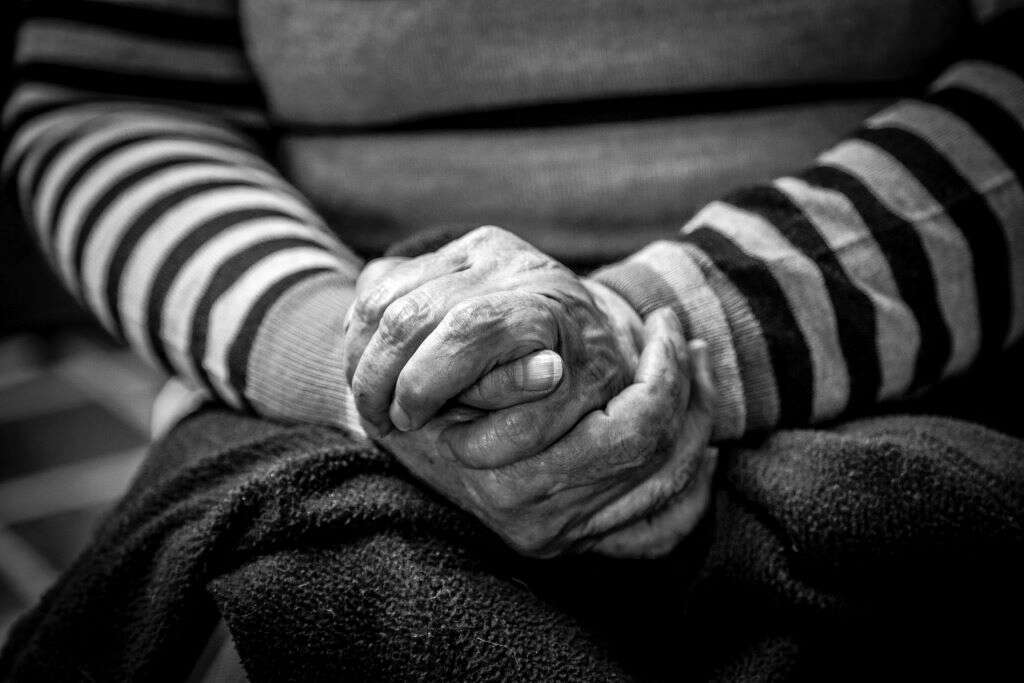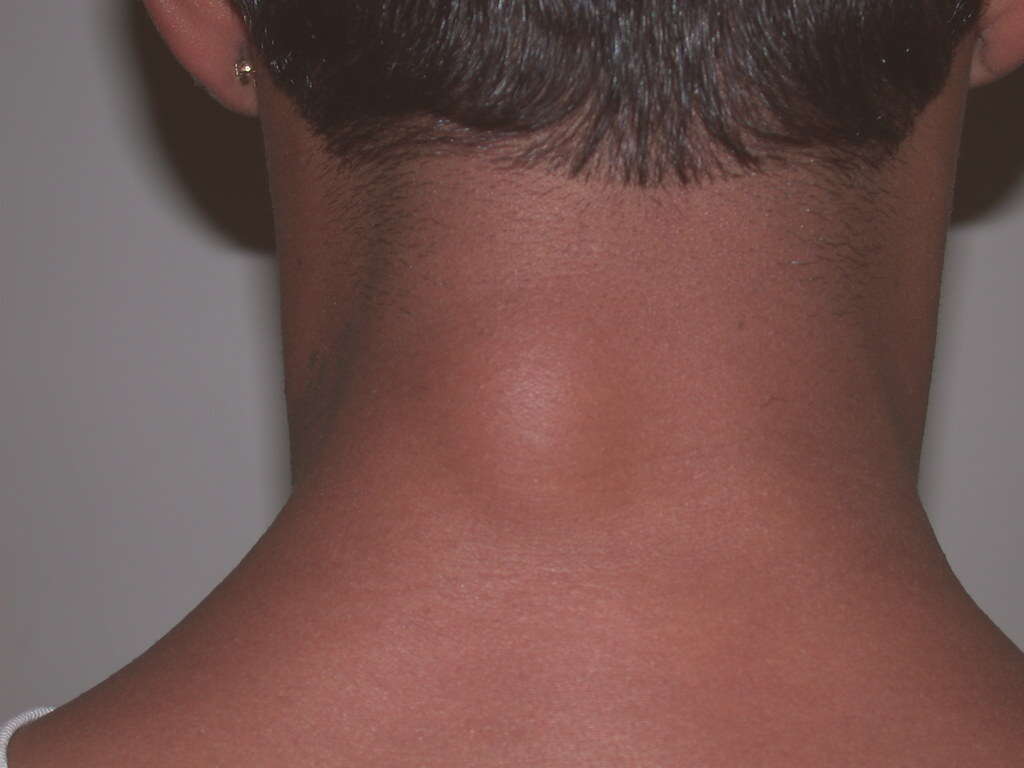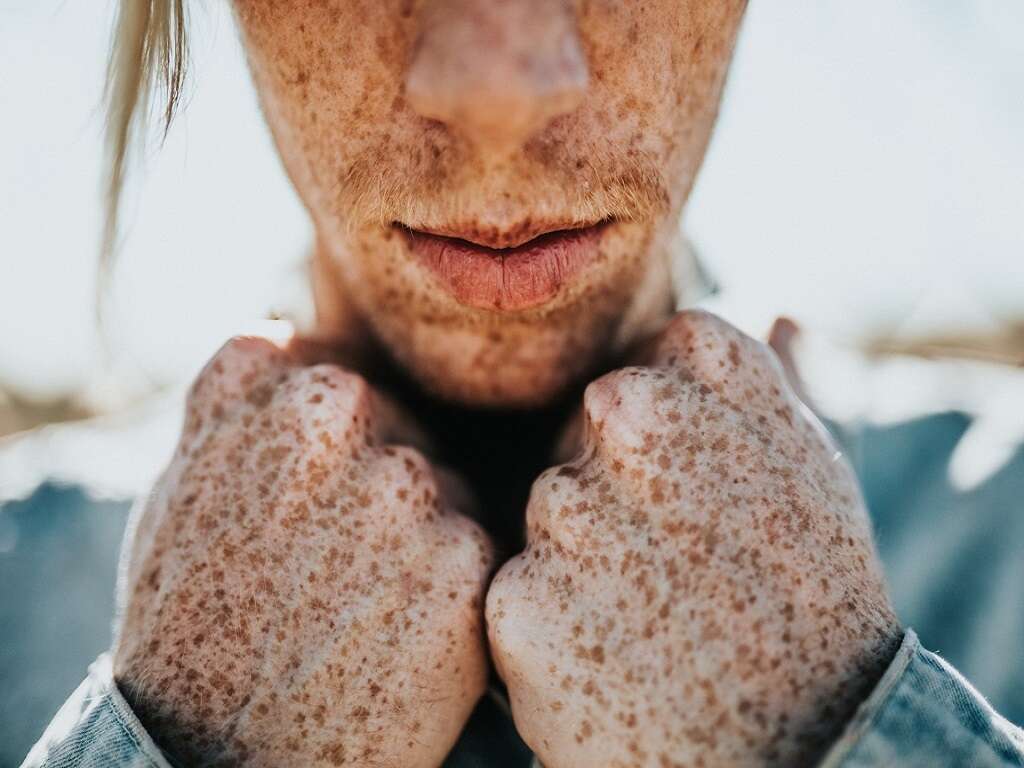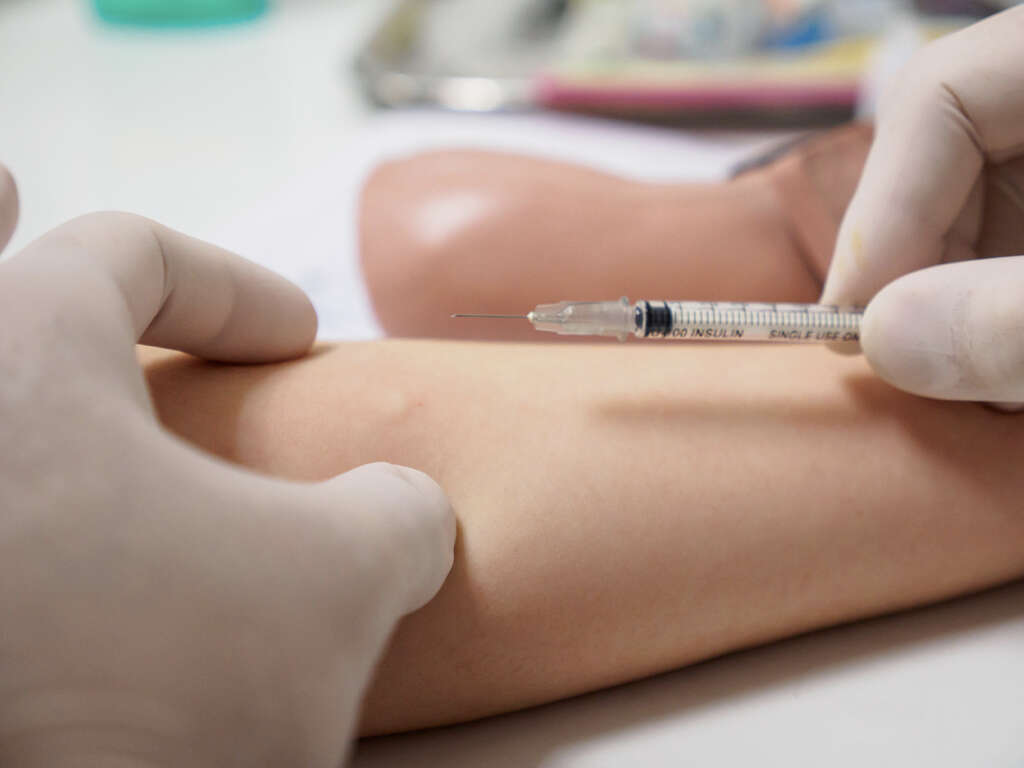10 Leprosy Symptoms
 Article Sources
Article Sources
- 1. 'Leprosy.' NORD, rarediseases.org/rare-diseases/leprosy
- 2. 'Leprosy.' DermNet NZ, dermnetnz.org/topics/leprosy
- 3. 'Hansen's Disease (Leprosy) Signs and Symptoms.' Centers for Disease Control and Prevention, www.cdc.gov/leprosy/symptoms/index.html
- 4. 'Leprosy Frequently Asked Questions.' American Leprosy Missions, 9 Mar. 2021, www.leprosy.org/leprosy-faqs
- 5. 'The Impact of Leprosy on the Mental Wellbeing of Leprosy-Affected Persons and Their Family Members - a Systematic Review.' Global Mental Health (Cambridge, England), Cambridge University Press, 9 June 2020, www.ncbi.nlm.nih.gov/pmc/articles/PMC7379324
There are around 208,000 people infected with leprosy, according to 2018 data from the World Health Organization, or WHO. Leprosy, which tends to affect children more than adults, can cause nerve damage in the arms, legs and skin. However, disfigurement and skin sores are the symptoms that most people associate with the disease.
Despite all the damage the disease can cause to a person's body, it's not that contagious and effective treatments are available. Leprosy, also known as Hansen's disease, can only be transmitted when an individual is in frequent contact with the droplets from an infected person's nose and mouth.
Skin Patches
Skin patches are one symptom of leprosy. There are two major types of leprosy with varying symptoms, including tuberculoid leprosy and lepromatous leprosy. Those infected with tuberculoid leprosy have limited disease and minimal bacteria in the skin and nerves. In contrast, individuals with lepromatous leprosy have widespread disease and numerous bacteria, thus this form is more contagious.
Skin patches can vary between the two types of leprosy. One or only a few flat, pale-colored skin patches appear on those who are infected with tuberculoid leprosy, while people with lepromatous leprosy experience widespread skin bumps and patches.1‘Leprosy.’ NORD, rarediseases.org/rare-diseases/leprosy

Numbness
There is a third type of leprosy, known as borderline leprosy. This type of leprosy has the same symptoms as the other two types. Numbness is one of the first leprosy symptoms that an infected person usually experiences.2‘Leprosy.’ DermNet NZ, dermnetnz.org/topics/leprosy
Individuals infected with any of the three types of leprosy could experience numbness. Numbness generally occurs on the infected area of skin where patches have developed and is caused by the nerve damage beneath.

Muscle Weakness
Leprosy symptoms can take around three to five years to appear after contact with the bacteria that causes the disease, and it could take up to 20 years before symptoms appear in some individuals. The period between bacteria contact and the onset of symptoms is known as the incubation period.
Muscle weakness and paralysis develop from the nerve damage caused by the disease. This commonly occurs in the hands and feet. In severe cases, it can lead to clawing of the fingers and toes.

Nerve Enlargement
Nerve enlargement is another symptom of the disease. In fact, leprosy is the most common infective cause of nerve enlargement. Leprosy doesn't affect the central nervous system. Instead, it can cause issues with the peripheral nervous system.
One such issue is enlarged nerves caused by the infection spreading from lesions to the nerve that supplies it. Areas of the body commonly affected include the elbows, knees and sides of the neck.

Eye Conditions
A person's eyes are another part of the peripheral nervous system that can sometimes be affected or compromised by leprosy, which can lead to blindness in some cases.3‘Hansen’s Disease (Leprosy) Signs and Symptoms.’ Centers for Disease Control and Prevention, www.cdc.gov/leprosy/symptoms/index.html
Those infected with the disease may experience a weakness in the eyelids. This weakness could result in the infected individual having difficulty closing their eyes properly. When people can't fully close their eyes, the eyes aren't fully protected, which could lead to blindness.

Loss of Sensation
Under normal circumstances, getting too close to a fire or receiving a blow to the hands or feet results in an individual moving away before they get burned or feel the pain resulting from the blow.
This might not be the case with someone with leprosy. They may lose the ability to feel light touch, and in severe cases of nerve damage, they may experience a loss of protective pain sensation. Protective pain sensation gives a person a pain threshold.

Cracked Skin
The main function of sweat glands is to control the body's temperature. The body temperature cools as the water in the sweat begins to evaporate. These glands appear all over the body but are most prominent on the forehead, armpits and soles of the feet.
The sweat and oil glands of people who are infected with leprosy could become compromised and may not function as they should. This could cause dry and cracked skin on the hands and feet.

Collapsed Nose
Whether on the outside or inside, a person's skin protects them from harmful things, such as sun rays, moisture, cold and germs and toxic substances. The mucous membranes are on the inside of the nose, throat, lungs and many other parts of the body.
Leprosy is caused by the slow-growing bacteria called mycobacterium. When these bacteria find its way to the mucus lining of a person's nose, it could cause internal damage and scarring, eventually leading to the nose collapsing.4‘Leprosy Frequently Asked Questions.’ American Leprosy Missions, 9 Mar. 2021, www.leprosy.org/leprosy-faqs

Depression
Although it's not a direct symptom of leprosy, the disease could lead to depression and suicidal tendencies in some individuals. The impact of leprosy on a person's life could severely affect their mental health and well-being.
The disfigurement and facial lesions associated with leprosy can sometimes result in infected individuals becoming increasingly depressed. These individuals may experience anxiety, fear, shame and low self-esteem, which could affect their children, as well as themselves.5‘The Impact of Leprosy on the Mental Wellbeing of Leprosy-Affected Persons and Their Family Members - a Systematic Review.’ Global Mental Health (Cambridge, England), Cambridge University Press, 9 June 2020, www.ncbi.nlm.nih.gov/pmc/articles/PMC7379324

Loss of Taste and Smell
The bacteria that causes leprosy affects the peripheral nerves, the skin, the upper respiratory tract and the lining of an individual's nose. The effect on someone's nose could cause a person to lose their sense of taste and smell.
This is likely caused by the lesions on the infected person's taste buds or inside their nose. If an individual is unable to get enough air through their nose due to the lesions, their depleted sense of smell could also affect their sense of taste.











